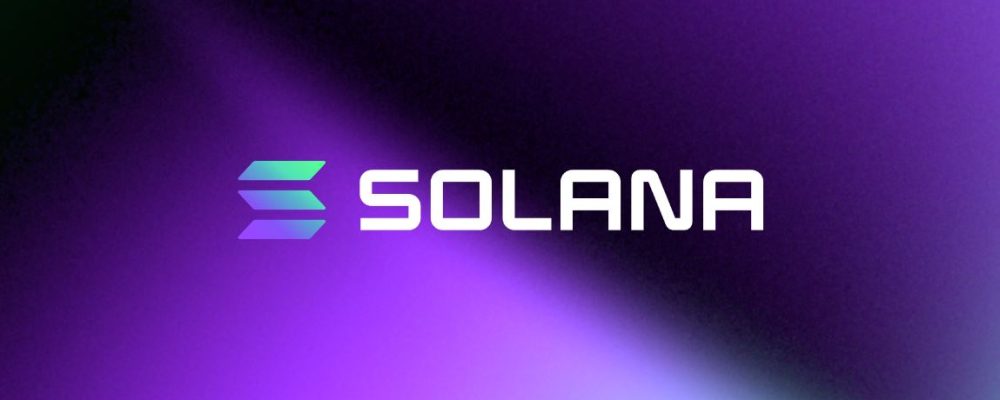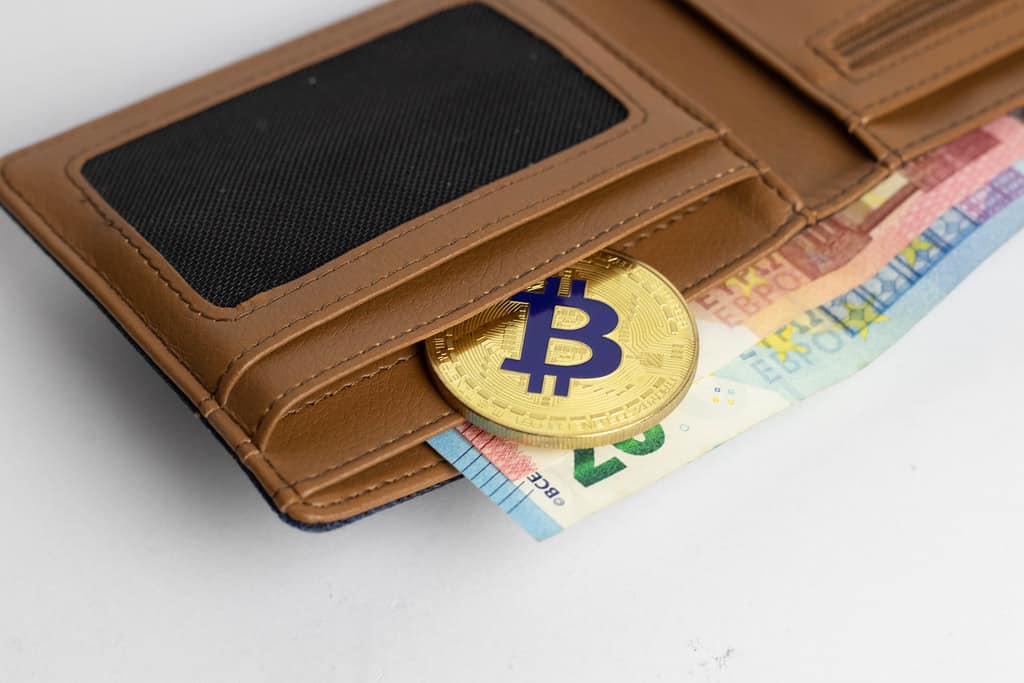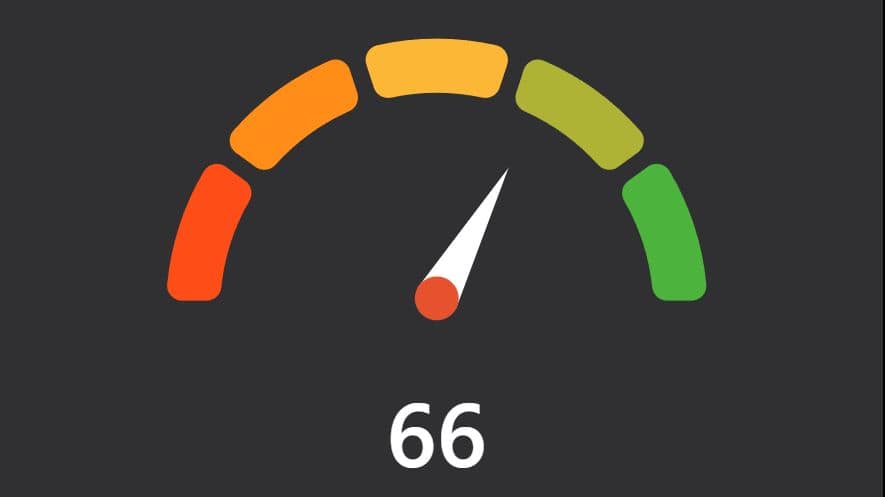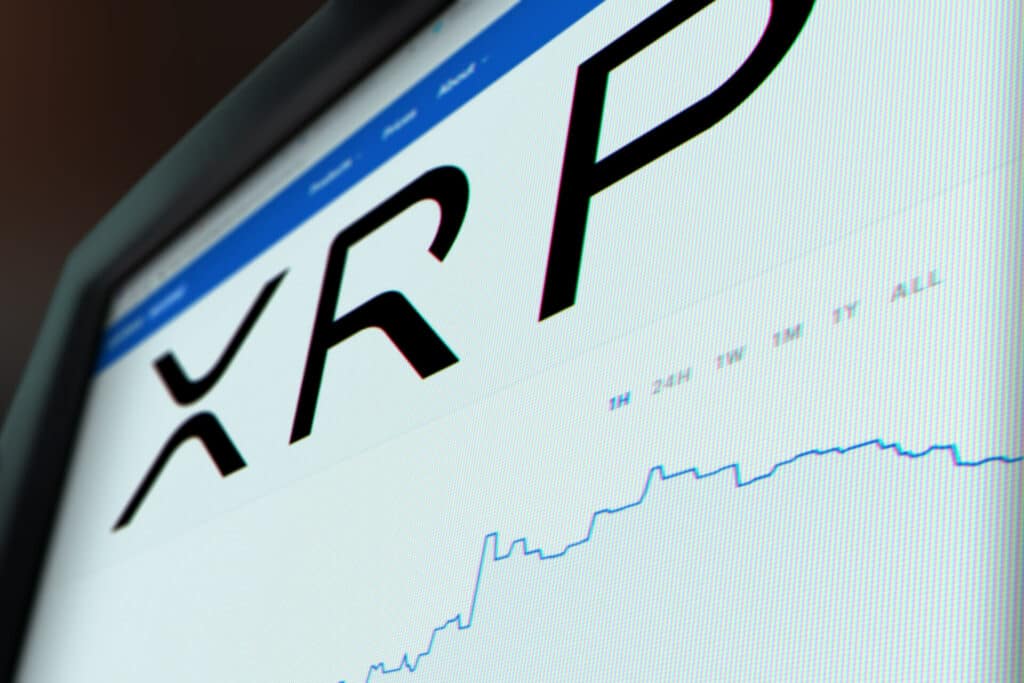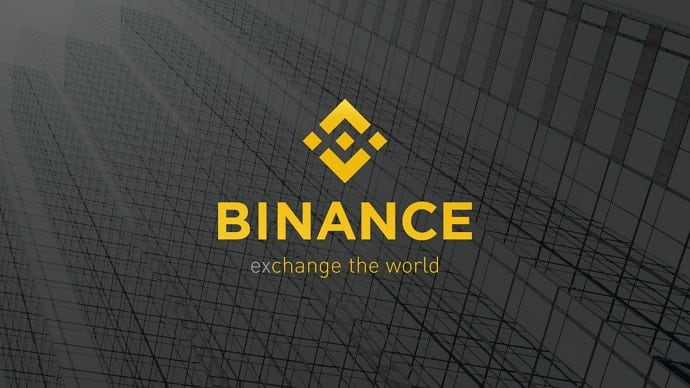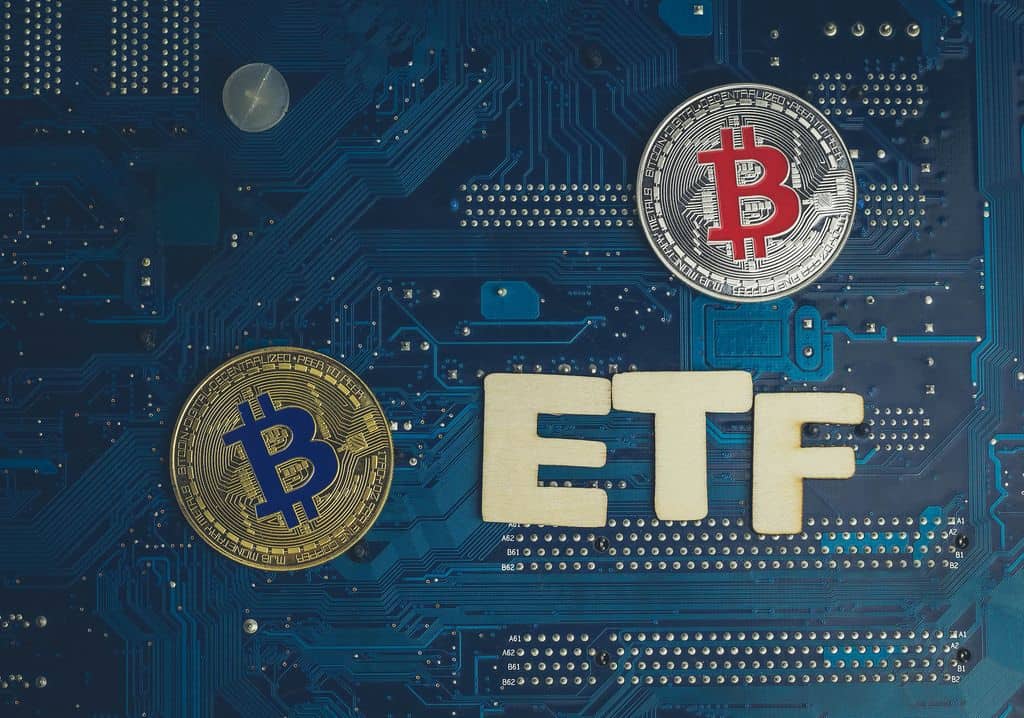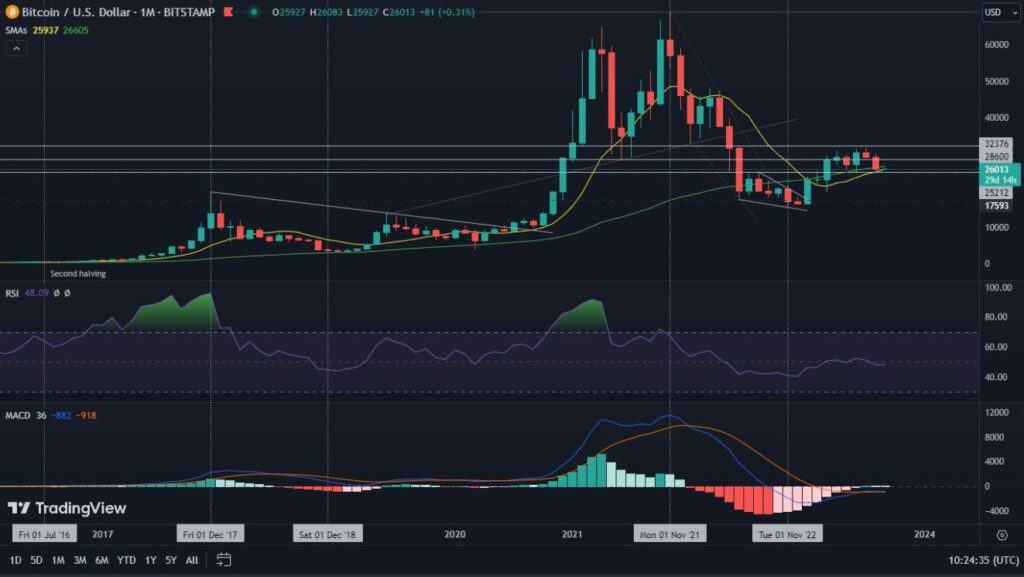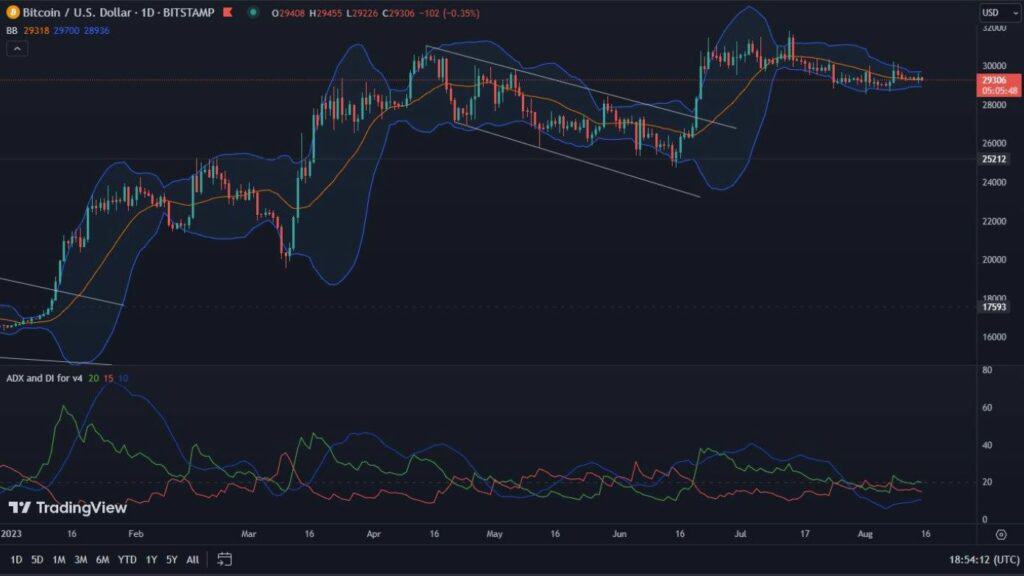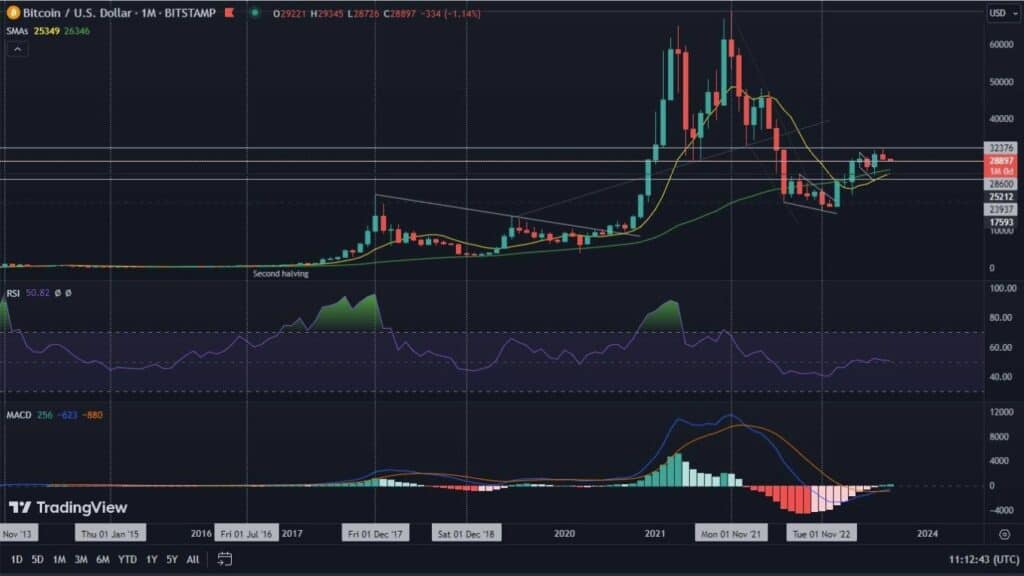Solana (SOL) is one of the hottest cryptocurrency projects on the market. Although it is a relatively young creation, it has already managed to gain a huge number of fans. Why such interest? It is discussed in the material below.
Solana: An experienced team and unusual solutions
Blockchain Solana (SOL) was founded in 2017, and it was founded by Anatoly Yakovenko. The team that he gathered to co-create the project can boast of fantastic experience. It includes former employees of companies such as Qualcomm, Dropbox, Intel, Twitter, Google and even Microsoft. Together, they have created a decentralized environment with very high performance to counteract popular issues with scalability, or high transaction fees.
This is all thanks to Proof of History (PoH), which is not a consensus mechanism, however, but only a methodology. Instead, Solana itself is based on the Proof of Stake (PoS) algorithm.
Proof of History is an innovative and quite unusual solution. It provides a system that does not require trust. It is based on the SHA256 hash function, which takes the input data and creates the output data. Thus, the order of transactions is built into the chain. As a result, validators use only the last processed transaction, making the time to confirm the next transaction very short. The use of the Proof of History methodology in the Proof of Stake algorithm, also makes it easier for subsequent validators to validate.
Solana has thus become a perfect environment for creating and handling smart contracts. It is supported by a native SOL token that is used to pay fees on the network. It is a deflation space that is based on burning some SOL tokens. As in most PoS networks, token holders can become blockchain validators. Solana also allows for the creation of NFTs. The SOL space is based on the SPL standard, which can be compared to the ERC-20 format present on Ethereum.
Solana (SOL) – price development
At the time of writing this article, the total number of SOL coins circulating is 290.7 million, with a maximum supply of nearly 500 million units. Due to the deflationary nature of the project, this value has the right to decrease over time and consequently affect the price of the token. Since this one is quite young, it does not have a particularly rich history, but that does not change the fact that it deserves attention.
Back in mid-April 2020, the SOL value oscillated around $0.5. It took only 4.5 months for it to make as much as a tenfold jump and establish a local peak on September 1, at the level of USD 5.1. The progressive development of the project made it a point of attention for many investors. Thus, on May 18, 2021, SOL reached another significant peak at $61.44. While the cryptocurrency market as a whole significantly collapsed in late May and early June, Solana also saw a deep correction, reaching over 69%. The turning point turned out to be July 20, when the token began a new rally. Its value within 45 days increased by 520%, to already exceed $130 at the time of writing this article.
The opportunities ahead for Solana
Solana (SOL) is one of the blockchains that is commonly called the “Ethereum killer”. Such words should be approached with caution, but they make it easier to see the momentum behind the project. An experienced team and interesting solutions fill us with optimism. This does not escape the attention of investors who, seeing the great potential of Solana, increase its price at lightning speed. This is one of the definite leaders of the bull market 2020/2021, which stands a chance to permanently settle in the TOP10 coins with the highest market capitalization. The support that this blockchain is showing for the smart contract space and the recently popular NFT should bring this goal even closer.

